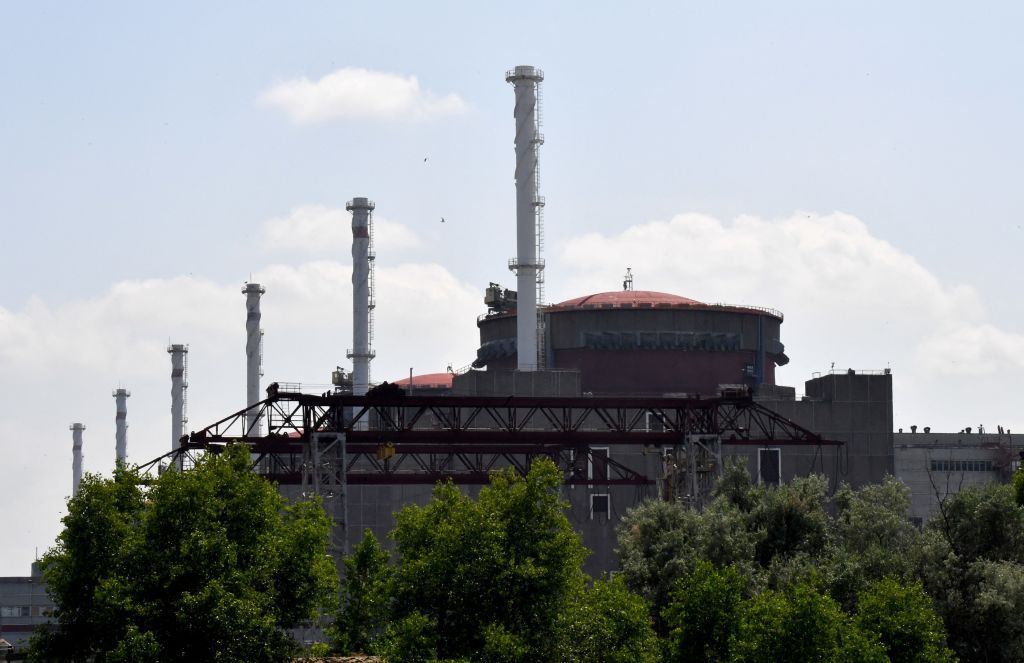The Zaporizhzhia Nuclear Power Plant in Ukraine has been under Russian occupation since March 2022, leading to concerns about the safety and security of the facility. On April 7, the plant reportedly suffered at least three direct strikes, according to the International Atomic Energy Agency (IAEA). However, Russia claimed that Ukrainian drones were responsible for the attacks, a claim that Ukraine’s military intelligence agency denied. Energoatom, Ukraine’s nuclear energy agency, dismissed Russia’s claims as manipulation and propaganda, accusing Russia of trying to hide its own intentions or events that may have occurred at the plant.
Energoatom emphasized the importance of complying with the IAEA’s resolution to prevent nuclear and radiation emergencies at the Zaporizhzhia Nuclear Power Plant. The agency called for the withdrawal of Russian troops and equipment from the plant, demining nearby territories, and returning control over the plant to the IAEA. Energoatom described the seizure of the plant by Russia as a blatant violation of international law and an act of nuclear terrorism. The agency accused Russia of using false statements about Ukrainian drone attacks to divert attention from its own actions at the plant and manipulate the IAEA’s perspective on the situation.
The United States has expressed concern about the situation at the Zaporizhzhia Nuclear Power Plant, with State Department spokesperson Matthew Miller describing Russia’s actions as a “very dangerous game.” The U.S. continues to monitor the conditions at the plant following reports of strikes on the main reactor containment. The international community is closely watching developments at the plant, as any security breaches or emergencies could have far-reaching consequences for both Ukraine and the region. The Zaporizhzhia plant is the largest nuclear facility in Europe, making its safety and security a top priority for both Ukraine and the wider international community.
The ongoing conflict between Russia and Ukraine has raised concerns about the safety and security of critical infrastructure, including nuclear power plants. The Zaporizhzhia Nuclear Power Plant, under Russian occupation, is at the center of these concerns, with reports of direct strikes and potential security breaches. The IAEA’s presence at the plant underscores the importance of international cooperation and oversight in maintaining the safety and security of nuclear facilities. As tensions continue to escalate in the region, the need for transparency, accountability, and adherence to international regulations becomes more critical than ever.
The situation at the Zaporizhzhia Nuclear Power Plant highlights the broader implications of the conflict between Russia and Ukraine on nuclear safety and security. The risk of a nuclear emergency or radiation leak at the plant poses a significant threat to both the region and the world. The international community must remain vigilant and united in efforts to prevent any further escalation or destabilization in the region. By supporting independent journalism and staying informed about developments at the plant, individuals can contribute to efforts to ensure the safety and security of critical infrastructure in Ukraine and beyond. Joining the fight to support independent journalism in Ukraine is crucial in holding those responsible for endangering nuclear facilities to account and in advocating for peace and stability in the region.


